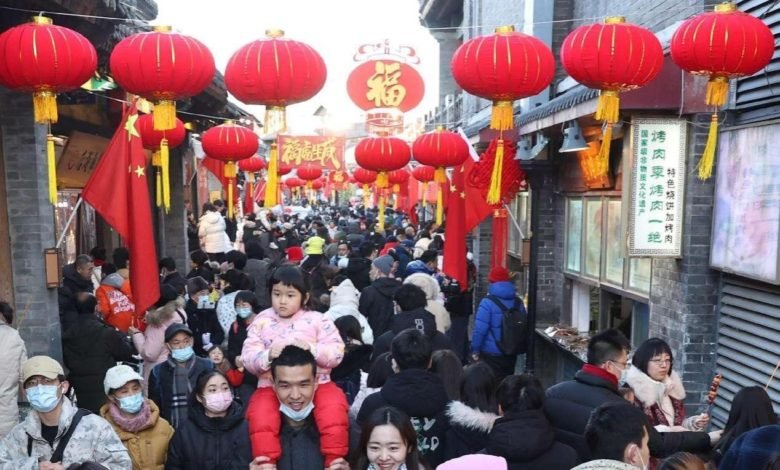
By Ding Yiting, People’s Daily
To protect and keep alive historical and cultural heritage in the course of planning and construction in urban and rural areas is a mission raised in China’s 2022 government work report.
As old urban buildings manifest historical and cultural characteristics of a city, many places in China are currently searching for ways to properly coordinate protection and development for better inheritance of their history and culture.
According to statistics released by the Ministry of Housing and Urban-Rural Development, China had identified over 1,200 blocks of historical and cultural value and around 57,500 historical architectures as the end of the last year. The two figures respectively increased twofold and fivefold from 2016.
Chongyong Street is a 5.2-kilometer street that links seven historical blocks in Beijing. It starts from the Temple of Earth in the northern part of central Beijing, where the emperors of the Ming (1368-1644) and Qing (1644-1911) dynasties would attend the annual summer solstice ritual of offerings to the heaven, and extends all the way down to the Temple of Heaven in the other side of the city, which is a complex visited by the emperors of the Ming and Qing dynasties for annual ceremonies of prayer to Heaven for a good harvest.
Buildings along the northern section of the street are mostly archaic Chinese quadrangles, Chinese-style storefronts, as well as houses with archways and carved tiles, and they gradually turn into simple and exquisite modern architectures as the street stretches southward.

A couple of years ago, the street was in a complete disorder as it was bothered by roadside booths and unapproved structures. Besides, public facilities along the street were also scattered.
“Now the street is much wider and tidier, and the old architectures here have been renovated. It wakes up my childhood memories,” said a local resident.
The improved environment was made through years of efforts by Xu Meng, a planner with the China Academy of Urban Planning and Design, and dozens of his colleagues.
“We must respect the authenticity and integrity of historical and cultural heritage and maintain its characters in order to protect and inherit it,” said Xu.
He and his colleagues had collected a wide range of historical materials, and even found a set of photos of Beijing that were taken more than six decades ago. From the photos, they discovered that the street had diverse cultural elements, and was antique in the north and modern in the south.

“However, many of the archaic buildings along the street had been covered by billboards and unapproved structures after years of development,” Xu told People’s Daily.
Xu and his colleagues firstly dismantled door cases and outer-wall tiles of the buildings to restore the original look of them. They also removed over 150 poles on the street and camouflaged panel boxes, which both made the street good-looking and saved public space.
Xu and his colleagues renovated the old buildings on Yonghegong Street to return a traditional image to them. The renovation took the planners nearly two years, during which they recycled 550,000 old bricks and 130,000 old tiles. Over 80 percent of the materials used in the renovation were recycled.
The renovation, aiming to restore the historical characters of the buildings, adopted no “one-size-fits-all” approach. A total of 48 patterns for windows and doors were provided for local residents and merchants to choose.
“They invited a calligrapher to design a signboard for us that well presents the local features of Beijing. Many customers told us that our shop has become cleaner and more characteristic,” said Ye Jingrui, who owns a 30-year-old traditional Beijing street food store.
“The local people are very proud of their culture, and they feel obligated to carry it on. To tidy up the place doesn’t necessarily mean that we have to make everything the same. Offering a chance for equal communication and options will better mobilize the people,” Xu said.
In the recent decade, many historic streets and alleys across China have been fostering new businesses for revitalization.
For instance, a historical block in Yangzhou, east China’s Jiangsu province encourages merchants to run cafeterias, 24-hour reading rooms, and other small service facilities to make the community more energetic. Another historical block in Guangzhou, south China’s Guangdong province has introduced a series of new business forms that are expected to create 1,300 local jobs.
Through reasonable utilization, enriching business forms and functional activation, historical blocks and modern lifestyles are fusing with each other.

